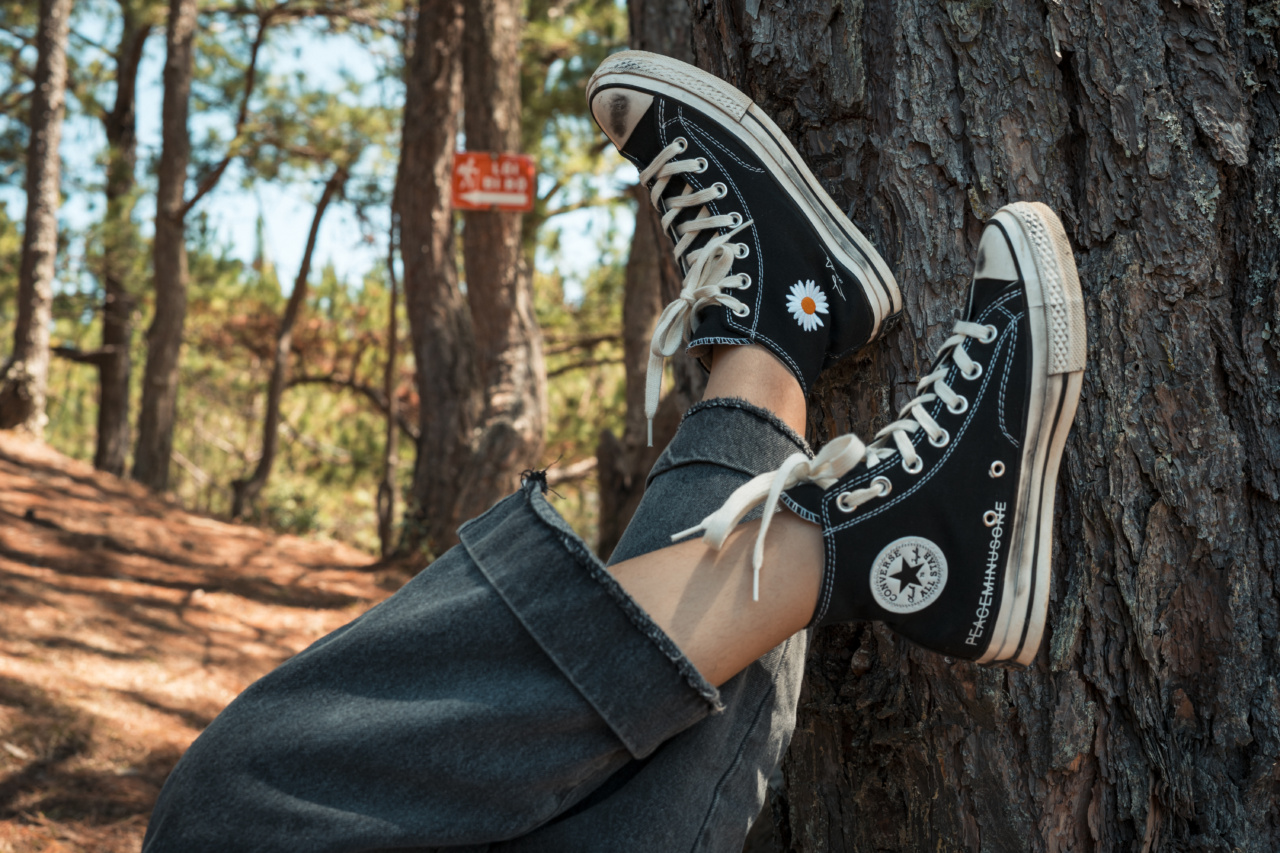The skin on our feet is often overlooked, but it plays a vital role in our overall health.
Dry soles, also known as xerosis, can be uncomfortable and unsightly, but they can also indicate more serious underlying conditions that require medical attention. In this article, we will explore the causes, symptoms, and effective remedies for dry soles while also highlighting when dryness of the soles might indicate a more serious problem.
Common Causes of Dry Soles
Dry soles can be caused by various factors, including:.
- Harsh weather conditions, particularly during the winter months when the air is dry.
- Excessive moisture loss due to long baths or showers.
- Dehydration, which affects the entire body, including the skin.
- Frequent exposure to hot water or harsh soaps.
- Underlying medical conditions like eczema or psoriasis.
Symptoms of Dry Soles
Identifying the symptoms of dry soles can help you determine whether your condition requires medical attention. Common symptoms include:.
- Tight and itchy skin on the soles of your feet.
- Cracked or flaky skin.
- Redness or inflammation.
- Pain or discomfort when walking or standing.
Effective Remedies for Dry Soles
Maintaining proper foot care and using the right remedies can help alleviate the discomfort and improve the appearance of dry soles. Here are some effective remedies:.
1. Moisturize Regularly
One of the most important steps in treating dry soles is to moisturize regularly. Use a thick, emollient-based foot cream or ointment and apply it to your soles daily.
2. Exfoliate Gently
Exfoliating your feet can help remove dead skin cells and promote smoother, healthier soles. Use a gentle foot scrub or pumice stone to exfoliate your soles, but avoid excessive scrubbing as it can cause further dryness or irritation.
3. Wear Comfortable Shoes and Socks
Ill-fitting shoes or synthetic socks can worsen foot dryness. Opt for comfortable shoes made of breathable materials, and wear moisture-wicking socks to keep your feet dry.
4. Avoid Hot Water
Avoid soaking your feet in hot water as it can strip away the natural oils and moisture from your skin. Use lukewarm water instead when washing your feet.
5. Stay Hydrated
Drinking an adequate amount of water throughout the day can help keep your skin, including the soles of your feet, hydrated from within.
6. Use Humidifiers
During dry weather or the winter season, using a humidifier can add moisture to the air and prevent excessive dryness of your skin, including your soles.
7. Avoid Harsh Soaps
Avoid using harsh soaps or cleansers on your feet, as they can strip away the natural oils and further contribute to dryness. Opt for mild, fragrance-free soaps instead.
8. Apply Petroleum Jelly
Applying petroleum jelly to your soles can help lock in moisture and create a protective barrier. Apply it before bed and cover your feet with socks to maximize its effectiveness.
9. Consult a Podiatrist
If your dry soles persist despite trying these remedies, or if you experience severe symptoms such as deep cracks, bleeding, or signs of infection, it is advisable to consult a podiatrist.
They can diagnose any underlying issues and recommend appropriate treatment options.
When Dry Soles Indicate Something More Serious
While dry soles are often a result of external factors or underlying skin conditions, they can sometimes indicate more serious underlying problems.
It is important to be aware of the following warning signs and consult a healthcare professional if you experience them:.
1. Diabetes
People with diabetes may experience excessively dry skin, including the soles of their feet. This dryness can lead to cracking and potentially serious complications if left untreated.
If you have diabetes and notice dryness or other skin issues, it is crucial to seek medical advice.
2. Peripheral Neuropathy
Peripheral neuropathy is a condition that causes damage to the peripheral nerves, often resulting in numbness, tingling, or loss of sensation. Dry soles accompanied by these symptoms can indicate peripheral neuropathy and require medical attention.
3. Thyroid Disorders
Dry skin, including the soles, can be a symptom of an underlying thyroid disorder such as hypothyroidism.
If you have other symptoms like fatigue, weight gain, and hair loss, it is important to consult a healthcare professional for proper diagnosis and treatment.
4. Autoimmune Conditions
Autoimmune conditions like Sjögren’s syndrome, lupus, or rheumatoid arthritis can cause dryness of the skin, including the soles of the feet.
If you suspect an autoimmune condition, it is crucial to seek medical advice for proper diagnosis and management.
5. Allergic Reactions
Dry soles accompanied by redness, itching, or hives may be a sign of an allergic reaction. If you suspect an allergy, it is important to identify the trigger and seek medical advice to prevent further complications.
Conclusion
Dry soles can be uncomfortable, but in most cases, they can be effectively managed with proper foot care and moisturizing routines. However, it is essential to understand when dryness of the soles might indicate a more serious underlying condition.
If you experience severe symptoms, notice persistent dryness despite trying various remedies, or have any concerns, it is always advisable to consult a healthcare professional for appropriate diagnosis and treatment. Prioritizing foot care and addressing any potential underlying issues can help ensure the health and well-being of your soles.





























